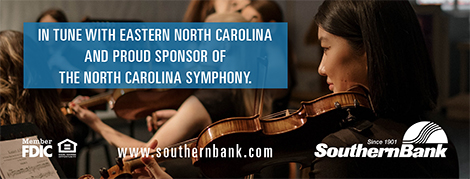Duet-Concertino for Clarinet and Bassoon
Richard Strauss (1864-1949)
THE STORY
The Mozartean simplicity and roguish charm of Strauss’s 1947 Duet-Concertino betrays none of the seismic turmoil experienced two years earlier with the end of World War II. In fact, the Duet-Concertino rekindles a degree of the composer’s faith in humanity through its wit and tender beauty.
As his last purely instrumental work, the Duet-Concertino is a break from Strauss’s long, international career in opera. Composed in Switzerland, where Strauss hoped to make some money (his assets were frozen in post-war Germany), the work is composed for bassoon and clarinet solos accompanied by string orchestra and harp. Its graceful chamber texture is reminiscent of Mozart, who had also placed special emphasis on the bassoon.
With his trademark tongue-in-cheek style, Strauss pairs a delightfully uncommon duet across three continuous movements. Dedicating the work to the former bassoonist of the Vienna Philharmonic, Hugo Burghauser, Strauss offered some idea of the concertino: “A dancing princess is alarmed by the grotesque cavorting of a bear in imitation of her. At last she is won over to the creature and dances with it, upon which it turns into a prince. So, in the end, you too will turn into a prince and live happily ever after.”
LISTEN FOR
- The clarinet solo which (may) represent the princess and dominates the first movement
- The contrast in color of the bassoon (the bear?) to the clarinet
- The eventual dovetailing of the soloists and the exchange of melodic lines
- String solos and contrasting tutti (“all together”) string passages contribute to the chamber/concertino setting of this piece
INSTRUMENTATION
Solo clarinet and bassoon, harp, strings

